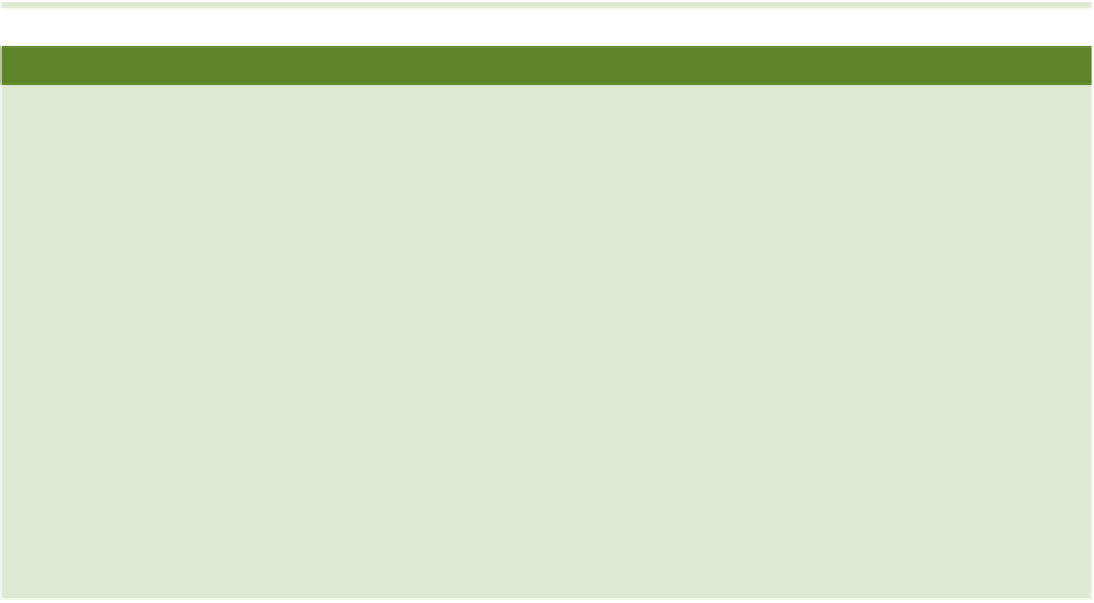Travel Reference
In-Depth Information
as Southwest Airlines (United States), Ryan Air (Ireland), EasyJet (United Kingdom), and WestJet
(Canada) pose an ongoing threat to the traditional full-service airlines.
The Final Frontier? Space Tourism
Human curiosity about the stars predates travel and tourism as we know it today, so it is not surprising
that travel into space should be gaining in popularity. In this regard, Brown identi
es a number of studies
demonstrating public interest in space tourism.
14
In addition, Wikipedia (2010,
http://en.wikipedia.org/
wiki/Space_tourism
) provides a comprehensive list of references in an article dealing with the types of
space tourists. Despite this interest, the prohibitively expensive cost of space travel makes it clear that
not too many of us are likely to be getting a
in the near future. Nevertheless, seven
individuals have
flown as space tourists to date (see Table 20.3). Also, the continued interest in space
tourism indicates that the concept is an emerging market. The $10 million
''
moon-tan
''
(for two suborbital
flights in space) has been won, and the establishment of many space tourismcompanies and the building
or proposed building of spaceports inNewMexico, the United Arab Emirates, Sweden, California, Florida,
and Singapore are clear signals that space tourism has a future. The most prominent companies seem to
be Space Adventures, Virgin Galactic, Project Enterprise, and Dream Chaser.
Space Adventures (SA) is a privately owned space experiences company headquartered in
Arlington, Virginia, with an of
ce in Moscow, Russia. The company
''
X Prize
''
is mission is to open space
ight
and the space frontier to private citizens. Its goal is to bene
t not only the private citizens who
yto
space but also help open up the resources of space for all of mankind. SA continually aims to develop
new space
ight experiences that are exciting yet safe. In the process, they are constantly seeking new
ways of arranging more reliable, affordable, and safer access to the resources of space.
In September, 2010, SA and the Boeing Company announced amemorandumof agreement regarding
the marketing of anticipated transportation services to destinations in low Earth orbit (LEO) on Boeing
commercial crew spacecraft. SA is a Virginia-based pioneer in space tourism that has already taken seven
well-healed individuals to the International Space Station. Under this agreement, SA will market
passenger seats on commercial
flights aboard the Boeing Crew Space Transportation-100 (CST-100)
'
TABLE 20.3 List of Space Tourists Who Have Flown to Date
Space Tourist
Nationality
Year
Duration of Flight
Flight
Dennis Tito
American
2001
9 days (Apr 28
-
May 6)
Launch: Soyuz TM-32
Return: Soyuz TM-31
Mark Shuttleworth
South African
2002
11 days (Apr 25-May 5)
Launch: Soyuz TM-34
Return: Soyuz TM-33
Gregory Olsen
American
2005
11 days (Oct 1
-
Oct 11)
Launch: Soyuz TMA-7
Return: Soyuz TMA-6
Anousheh Ansair
Iranian/American
2006
12 days (Sept 18
-
Sept 29)
Launch: Soyuz TMA-9
Return: Soyuz TMA-8
Charles Simonyi (two trips)
Hungarian/American
2007
15 days (Apr 7 - Apr 21)
Launch: Soyuz TMA-10
Return: Soyuz TMA-9
2009
14 days (Mar 26 - Apr 8)
Launch: Soyuz TMA-14
Return: Soyuz TMA-13
Richard Garriott
American/British
2008
12 days (Oct 12 - Oct 23)
Launch: Soyuz TMA-13
Return: Soyuz TMA-12
Guy Laliberte
Canadian
2009
12 days (Sept 30 - Oct 11)
Launch: Soyuz TMA-16
Return: Soyuz TMA-14
Source: Wikipedia,
''
Space Tourism,
''
en.wikipedia.org/wiki/Space_tourism.














Search WWH ::

Custom Search